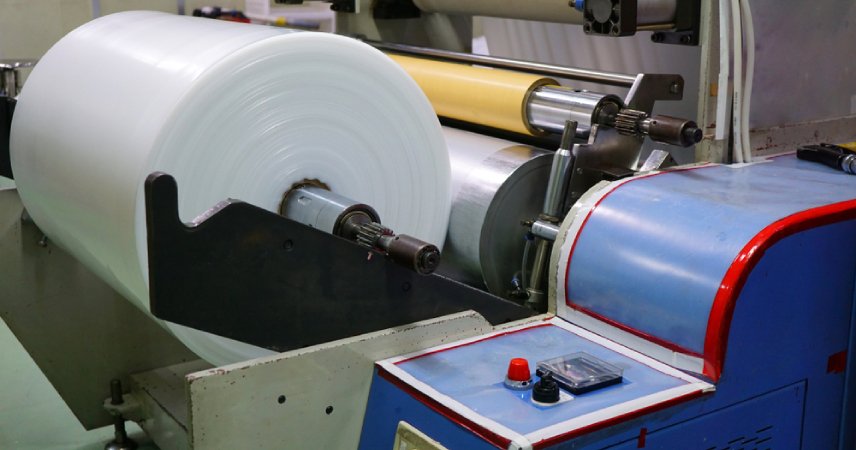Introduction
In today’s fast-growing packaging industry, demand for advanced films with high strength, barrier protection, and superior sealing properties is constantly rising. While monolayer and two-layer blown films meet basic needs, many industries — especially food, pharmaceuticals, and industrial packaging — require high-performance films with multiple functional layers. This is where the Multilayer ABC Blown Film Plant plays a key role. It allows manufacturers to combine different polymers into a three-layer structure, each designed to serve a specific function. The result is premium-quality packaging films that deliver strength, flexibility, and barrier performance at optimized costs.
What is a Multilayer ABC Blown Film Plant?
A Multilayer ABC Blown Film Plant is a type of blown film extrusion line that uses three extruders to produce films with three distinct layers: A + B + C. Unlike ABA structures (which repeat outer layers), the ABC structure allows manufacturers to use different raw materials in each layer.
This flexibility gives packaging films unique characteristics, such as:
Outer layer for printability and appearance.
Middle layer for strength and barrier properties.
Inner layer for sealing and product safety.
Working Principle of an ABC Blown Film Plant
Material Feeding – Three extruders are loaded with different polymers or blends, depending on film requirements.
Melting & Extrusion – Each extruder melts and homogenizes its polymer.
Co-Extrusion Die Head – The molten streams from all three extruders are merged in a co-extrusion die to form an ABC layer structure.
Film Blowing & Cooling – The tube is inflated into a bubble using compressed air and cooled by air rings.
Haul-Off & Flattening – Nip rollers collapse the bubble into a double-layer sheet.
Winding – The multilayer film is wound into rolls for further processing and distribution.
Applications of ABC Multilayer Blown Films
Because of their strength, barrier protection, and sealing properties, ABC multilayer films are widely used in:
Food Packaging – Milk pouches, edible oil packaging, frozen food wraps.
Pharmaceutical Packaging – Moisture-proof medicine pouches.
Agricultural Films – Greenhouse films with UV stabilizers, mulch films.
Industrial Films – Shrink films, heavy-duty liners, protective covers.
Carry Bags & Shopping Bags – Strong, printable, and cost-efficient.
Lamination Base Films – Used for flexible packaging and printed laminates.
Advantages of ABC Multilayer Blown Film Plant
Customizable Film Properties – Each layer can be tailored for strength, sealability, gloss, or barrier performance.
Better Barrier Protection – Middle layer can improve resistance against moisture, oxygen, or aroma transfer.
Cost Efficiency – Recycled or low-cost materials can be used in the middle layer without affecting appearance or quality.
Improved Strength & Durability – Multi-layer films have higher tensile and impact strength.
Versatility – Compatible with LDPE, LLDPE, HDPE, mLLDPE, EVA, and other advanced polymers.
Enhanced Sustainability – Outer layers can use virgin material, while the core uses recycled material, reducing environmental impact.
Choosing the Right Multilayer Blown Film Plant
When selecting an ABC blown film extrusion line, consider:
Film Width & Thickness – Ranges from narrow rolls to wide industrial films.
Material Compatibility – Ensure support for multiple polymer grades.
Automation – PLC-controlled systems with auto-winding reduce labor and errors.
Energy Efficiency – Look for plants with low-energy drives and heaters.
Die Technology – Advanced spiral die heads provide better layer uniformity.
After-Sales Support – Reliable service and spare part availability.
Future of Multilayer Blown Film Plants
As sustainability becomes a global priority, ABC multilayer plants will remain in high demand because of their material optimization and recyclability. The ability to incorporate bio-polymers, compostable resins, and recycled plastics makes them a future-proof investment.
In addition, the demand for high-barrier food packaging and specialty films is growing rapidly, ensuring long-term relevance for multilayer film technology.


